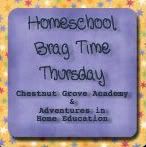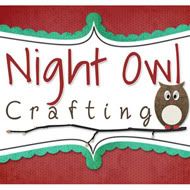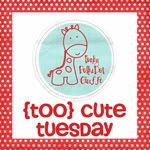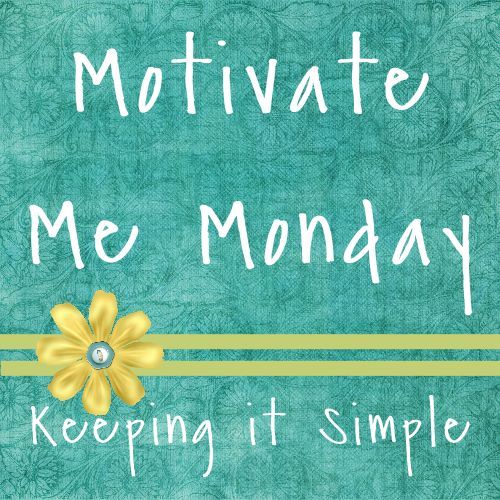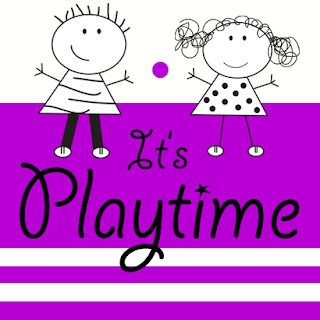In our school, when we have experienced motivation issues, it usually indicates it is time for a change. I believe there needs to be a balance and clear expectations between the educator and child. For our family, reading, writing and math are subjects we consider too important to skip, but we let the children decide whether or not to study lesser important subjects such as gardening, dance, and sewing. Within the required subjects we still try to provide many opportunities for the children to have some amount of control over the curriculum.
If you are having motivational issues, perhaps this will help. First, ask yourself the questions to try to figure out what the real problem is, and then try something new.
The child hates school
1. Does he/she know what to expect in the upcoming day?
2. Does he/she know how long the school day will last?
3. Does the child have input in the choice of school activities?
Some children get frustrated because each day is so different from the previous day and they don't know what to expect. A friend of mine had this issue. When she made her day more consistent her child was much happier. Her first change was fewer field trips, and errands during the day. Then she set school hours and within the school hours there was a time set for predictable (everyday) activities and a time set for special activities.
In addition to my friend's method, there are other options for organizing the school day so the child knows what to expect. Workboxes are a popular organizing method. Perhaps a daily or weekly schedule could be created, or maybe the day could be divided into required activities and optional activities.
The child isn't interested in reading.
1. Who is selecting the books?
2. Why are the books being selected?
3. Is the book too difficult/easy for the child?
4. If given the choice, which books would the child select on his/her own?
None?
Poor quality books?
5. How are reading times structured?
6. Does the child have a reading disability?
7. How is reading encouraged?
8. Does the child see adults reading during the day?
Here are some possible changes to make to increase reading motivation.
- Give the child a choice between three books such as Robin Hood, Chinese Fairy Tales or The History of Inventions.
- Offer the child a shelf from which to select books for school reading.
- Take turns in book selection. Mom selects today's book and the child selects tomorrow.
- Try shorter reading sessions.
- Take frequent stops during reading sessions to discuss the material.
- Try taking turns reading to your child, listening to your child read and having your child read on his/her own.
The child hates math.
1. What do you think the real problem is?
2. Is math to easy and repetitive? Is it too boring?
3. Is it too complicated with too many rules?
4. Is there a lack of connection to the real world?
Many educators believe a formal math curriculum is required. Unfortunately this could be the reason the child is resistant to math. While some children thrive and do very well with a structured environment, it can have the opposite effect on other children. Fortunately, with the growing popularity of homeschooling there are an increasing number of alternative math resources. The Living Math Forum yahoo group is full of ideas to incorporate math learning into life with examples such as quilting and cooking. It also keeps a Living Math book list which contains stories that teach math.
What are your math goals?
Requirements up to 3rd grade for most schools include topics such as telling time, measuring, counting, place value, understanding quantities, addition, multiplication and division.
Perhaps math games and activities could be incorporated into the curriculum. In my opinion, they are much more fun than workbooks for learning these concepts. Oftentimes, children don't realize they are learning math skills as they find themselves focused and motivated to win the game. Our Math Page has some ideas for math games and activities.
If you want some structure, Life of Fred is a complete math curriculum which teaches math through stories, examples and problems. It is very different from the standard public school curriculum, but it may be the right program for a child who constantly questions the necessity or usefulness of learning math. We are currently using it for my son and he is thriving with the method. Please see my blog post on Life of Fred for more explanation.
The child hates writing!
1. What do you think the real problem is?
2. Does the child write when not in school?
3. Does he/she color pictures that sometimes contain writing?
4. Who is determining the writing topic?
5. Is the child required to write perfect sentences with capitals, periods and proper grammar?
6. Is the child required to fix writing mistakes?
7. What are your writing goals for your children?
8. Do you want them to enjoy writing?
9. Do you want them to use proper English grammar, spelling and punctuation?
As soon as I got involved in the writing process with my children I promptly squashed all of their motivation by trying to teach them to write correctly. Many children are motivated to write because they have a story to tell or something to say, and not because they want to write grammatically correct sentences. Now I'm getting better at motivating them to write. We still work on correct writing, but my method has changed dramatically.
Although we sometimes have writing assignments, we incorporate more of a writing process as opposed to following a writing curriculum. For example we recently studied writing in advertising. First we discussed advertisements; what they are, their elements, where we see them, etc. Then we wrote our advertisements ensuring each item we discussed was included. After that we spent a day checking for proper punctuation, a day on spelling, and a day incorporating feedback (the child decided which feedback to incorporate).
Some days the kids write for the sake of writing. No corrections required. Hmmmmmm.... Check out our Language Arts Page for more writing ideas.

_wm.JPG)
_wm.JPG)
_wm.JPG)
_wm.JPG)
_wm.JPG)
_wm.JPG)
_wm.JPG)
_wm.JPG)
_wm.JPG)


_wm.JPG)
_wm.JPG)

.JPG)



.JPG)
.JPG)
.JPG)
.JPG)
.JPG)
.JPG)
_wm.JPG)
_wm.JPG)




_wm.JPG)
_wm.JPG)
.JPG)





.JPG)
.JPG)

